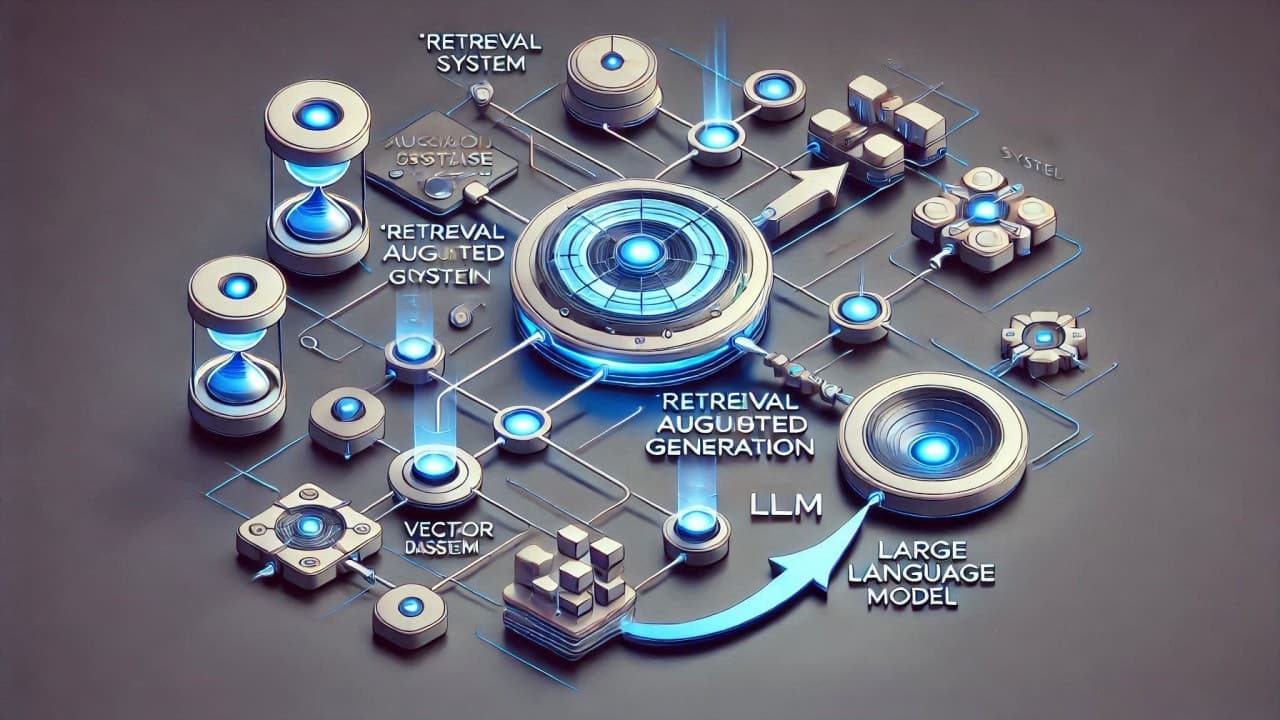The Main Function of Memory: Predicting the Future
- Published on
- Published on
- Blog Post views
- ... Views
- Reading time
- 1 min read

The main function of memory is to predict the future.
Let's learn how to handle AI Agents' memory and why it matters.
It’s tempting to think of agents as “one-and-done” responders.
Still, the real power comes from their ability to remember past interactions, understand long-term objectives, and adapt to changing conditions.
By getting memory right, you’ll create agents that feel more coherent, purposeful, and valuable to users over time.
Techniques for Effective Memory Management
1. Short-Term (Session) Memory
Tracks recent queries, user intents, and context within the current session.
2. Long-Term Memory
Stores historical data, user preferences, and domain knowledge that persists across sessions and reboots, ensuring continuity over days, weeks, or months.
3. Vector Databases and Semantic Search
By converting text data into vector embeddings, agents can quickly search through large knowledge bases for relevant information.
This semantic search capability helps the agent find the most contextually similar data points, supporting more nuanced and accurate responses.
4. Chunking and Context Windows
For large inputs (like long documents or conversation histories), agents break the data into smaller “chunks.”
This approach ensures that the agent can handle complex inputs without getting lost, enabling it to zero in on the most relevant pieces of information.
5. Metadata and Tagging
Storing metadata—like timestamps, user IDs, or categories—helps the agent quickly filter what it needs.
Instead of sifting through all past data, the agent can jump straight to relevant tags, speeding up retrieval and reducing the risk of inaccurate or stale information.
6. Retrieval-Augmented Generation (RAG)
RAG techniques involve querying a knowledge store for relevant context before the agent formulates its response.
This ensures that the agent’s output is always grounded in the most up-to-date, accurate information, making it more reliable and consistent.
Modern Tools and Frameworks
Modern AI tools & frameworks such as CrewAI, Bee, LangGraph, or LangFlow simplify memory management, letting you focus on user experience and strategy.